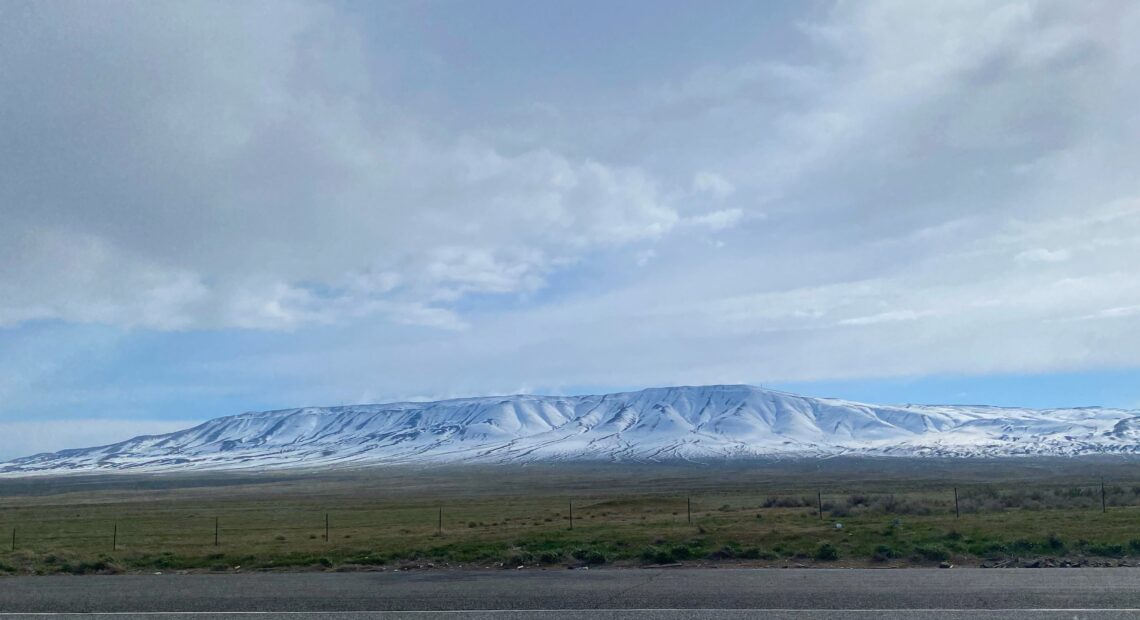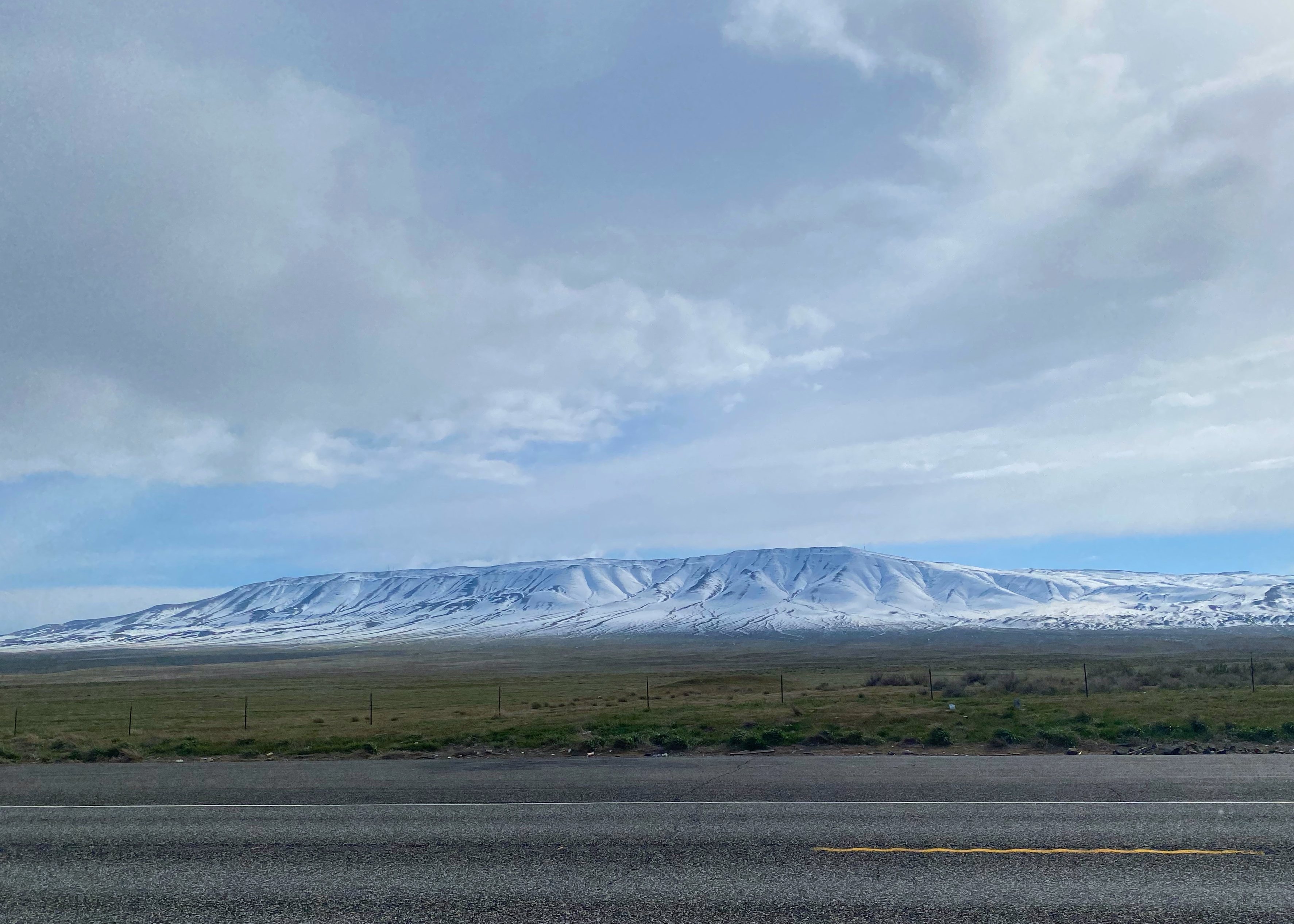
Rattlesnake Mountain soon to be co-managed between feds and Tribes
Listen
(Runtime :57)
Read
Rattlesnake Mountain or Laliik, just outside of the Tri-Cities, has been spiritually important to Columbia Basin Tribes since time immemorial.
It has also been a place to gather medicine and first foods.
“Our history goes back 13,000 years and this is 2023 and we can still tell what happened 13,000 years ago on Laliik,” said Armand Minthorn, a spiritual leader at the Confederated Tribes of the Umatilla Indian Reservation.
Rattlesnake is a more than 3,500 feet tall, treeless mountain.
Now, the Biden Administration has announced it is nearing an agreement to strengthen Tribal involvement in the protection and preservation of Rattlesnake as a sacred site.
“There are a lot of similarities, oral histories from Colville, Nez Perce, Umatilla, Wanapum, Yakama,” Minthorn said. “All of our oral histories from our old people are similar – culturally, Laliik is sacred. Religiously, Laliik is sacred. It’s a sacred mountain and all of the tribes share and have said many times that Laliik is a sacred site.”
Rattlesnake or Laliik is currently managed by the U.S. Fish and Wildlife Service. The U.S. Department of Energy and the Department of the Interior announced a memorandum of understanding, or MoU, is in the works.
“That’s why all of the old people told us how important this place is,” Minthorn said. “Many of the old people who were taken to Laliik … that were on Laliik, they all said the same thing, there are medicines and there are foods that are on Laliik that are nowhere else.”
The Biden Administration announced the possible MoU during the White House Tribal Nations Summit in Washington, D.C.
Minthorn said one elder woman, Mary Jim, who was blind, went with a group up to Laliik to help people identify the important plants.
“Mary Jim handled those plants in her hands and she smelled the plants,” Minthorn said. “And she would tell them, she would tell us, what that plant is, what the name of the plant is, how that plant is used and the time of year those plants were gathered and those plants included medicine and our Indian foods, that were still there on Laliik and nowhere else.”
According to Washington state Sen. Murray’s office, the MoU announced was developed after constructive discussions between federal agencies and Tribal leaders. It said, to further the MoU an interagency team will be formed to support discussions with Yakama, Umatilla, Nez Perce and Wanapum Tribal leadership to figure out the potential for additional protective measures and improved access for tribal members to conduct religious ceremonies and traditional gatherings.
Discussions will also focus on potential opportunities for tribes to take a more active role in stewardship and for Indigenous traditional ecological knowledge to be incorporated in future management plans, the congressional press release said.
“The federal government must collaborate closely with Tribes on co-management plans, educate the public on its full history, and incorporate Tribal knowledge in its stewardship,” Sen. Murray said in the press release. “I’m grateful that President Biden and his Administration have been steadfast partners to our Tribes, underscoring their respect for Tribal sovereignty and self-determination at every opportunity.”
















